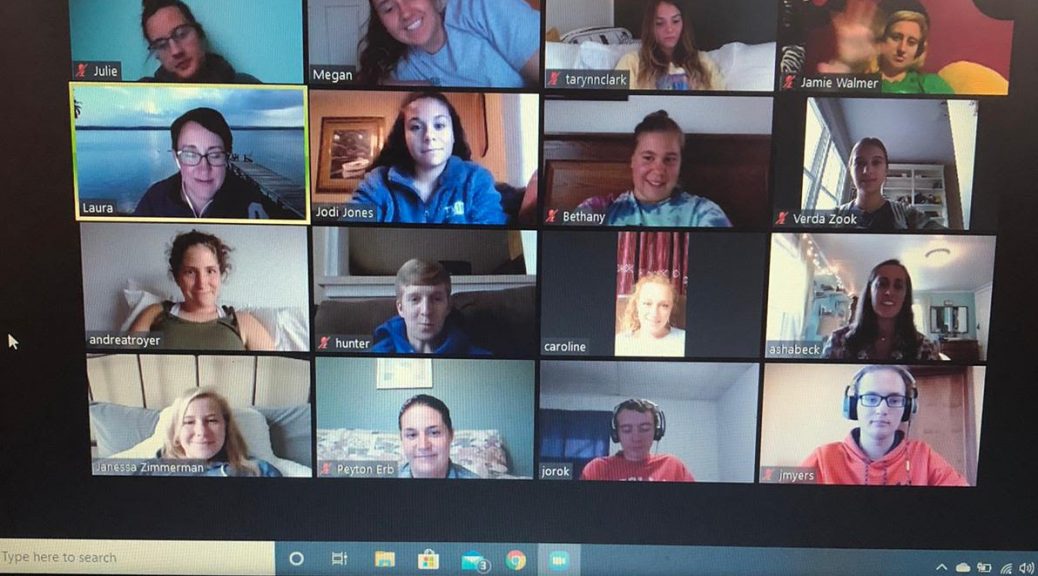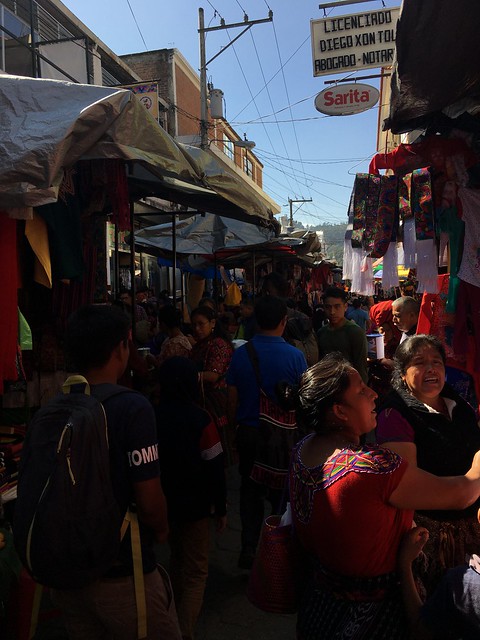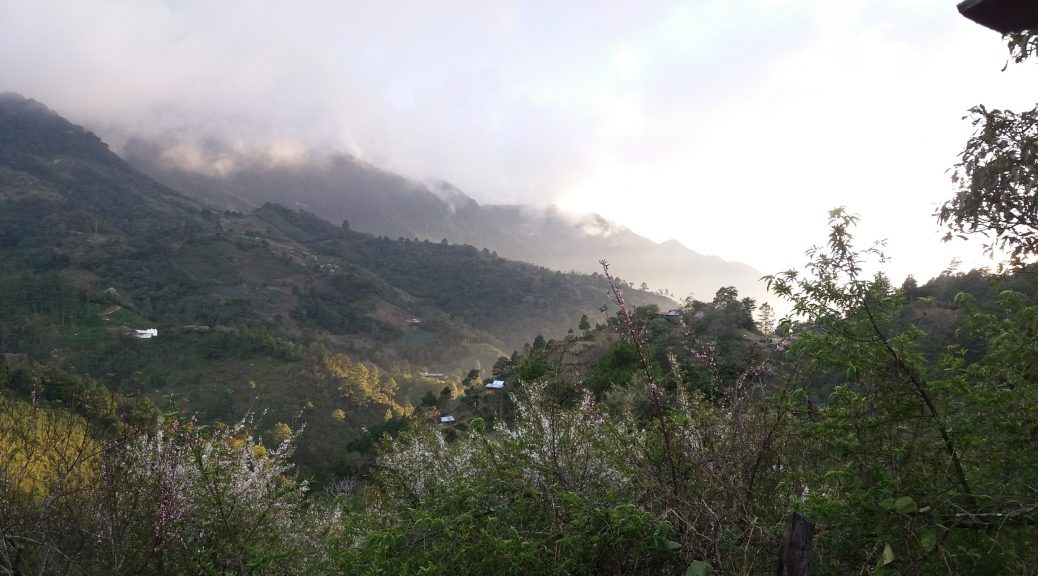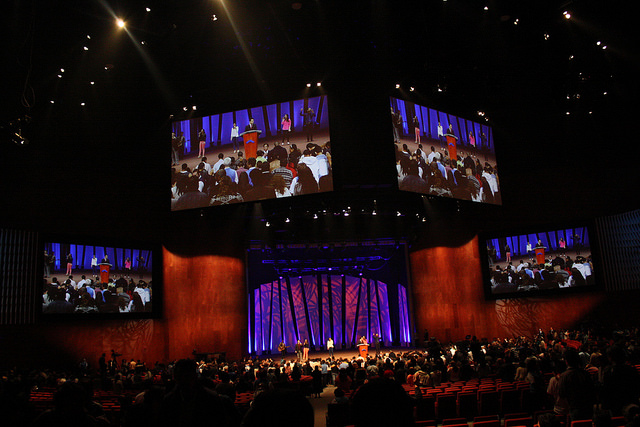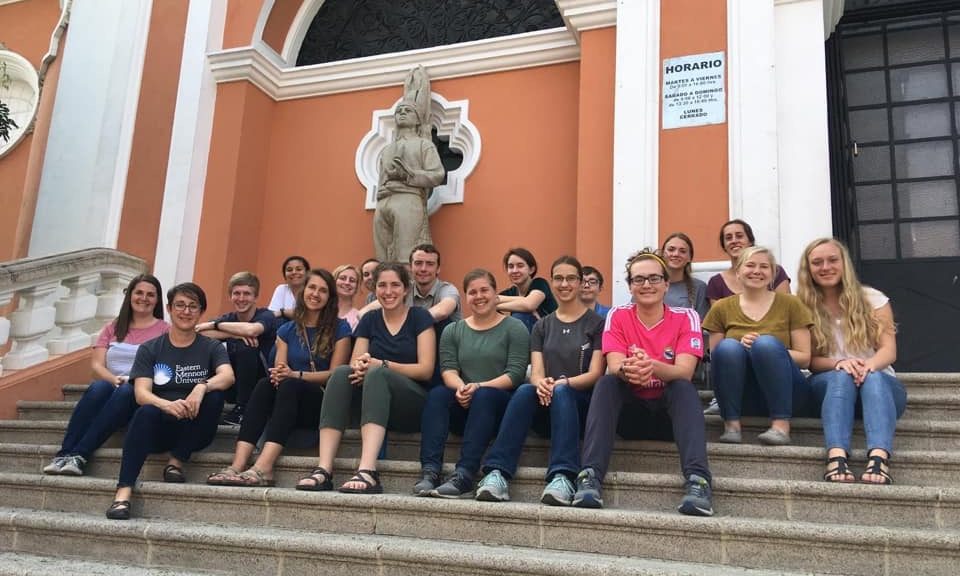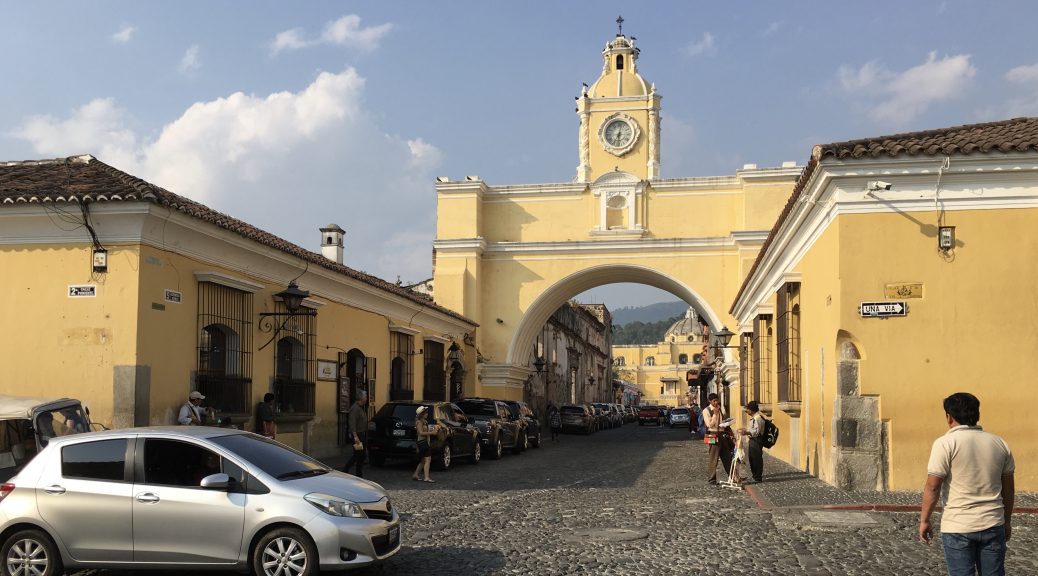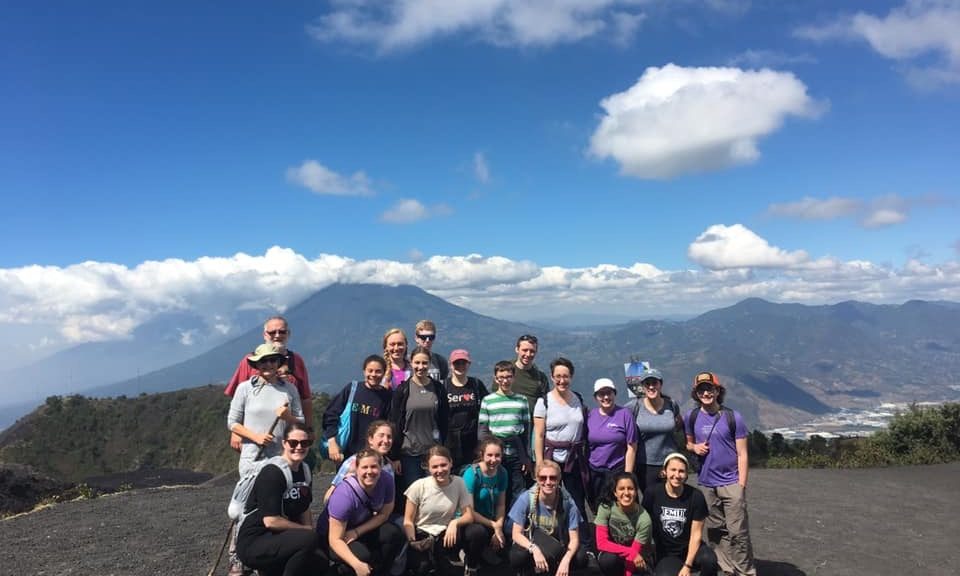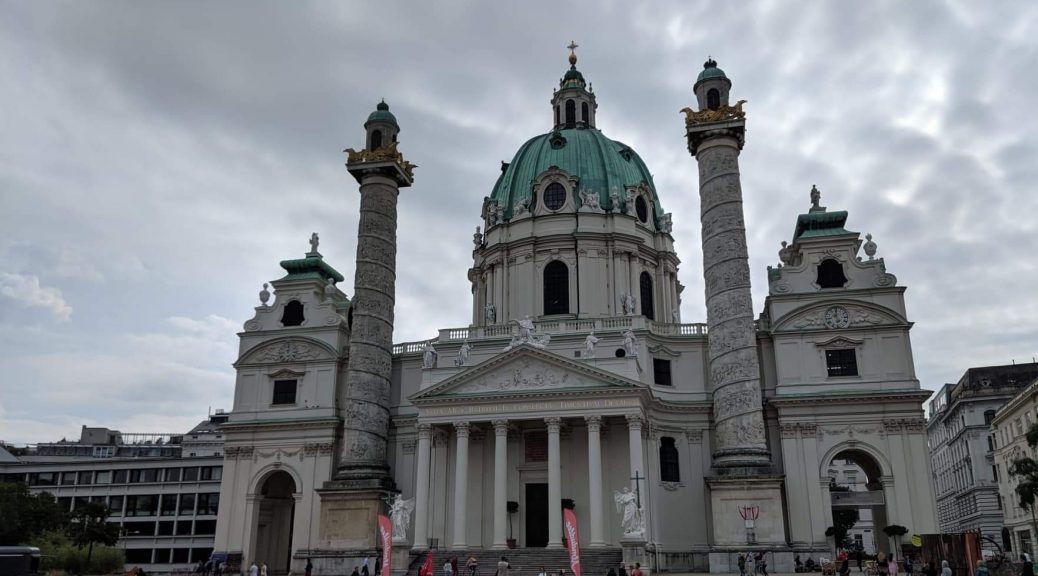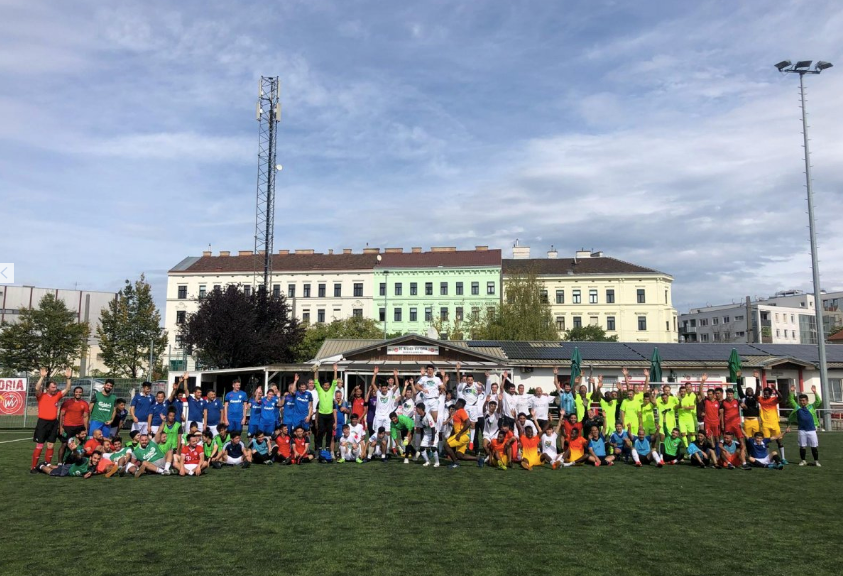Posted 14 September 2021
Today, we arrived in Phuket, and I write this as I hungrily wait for dinner. I am looking forward to sleeping in a bed because we had about 38 hours of travel. Driving through Phuket felt surreal. There were pineapple stands and little shops and so … Continue Reading ››

